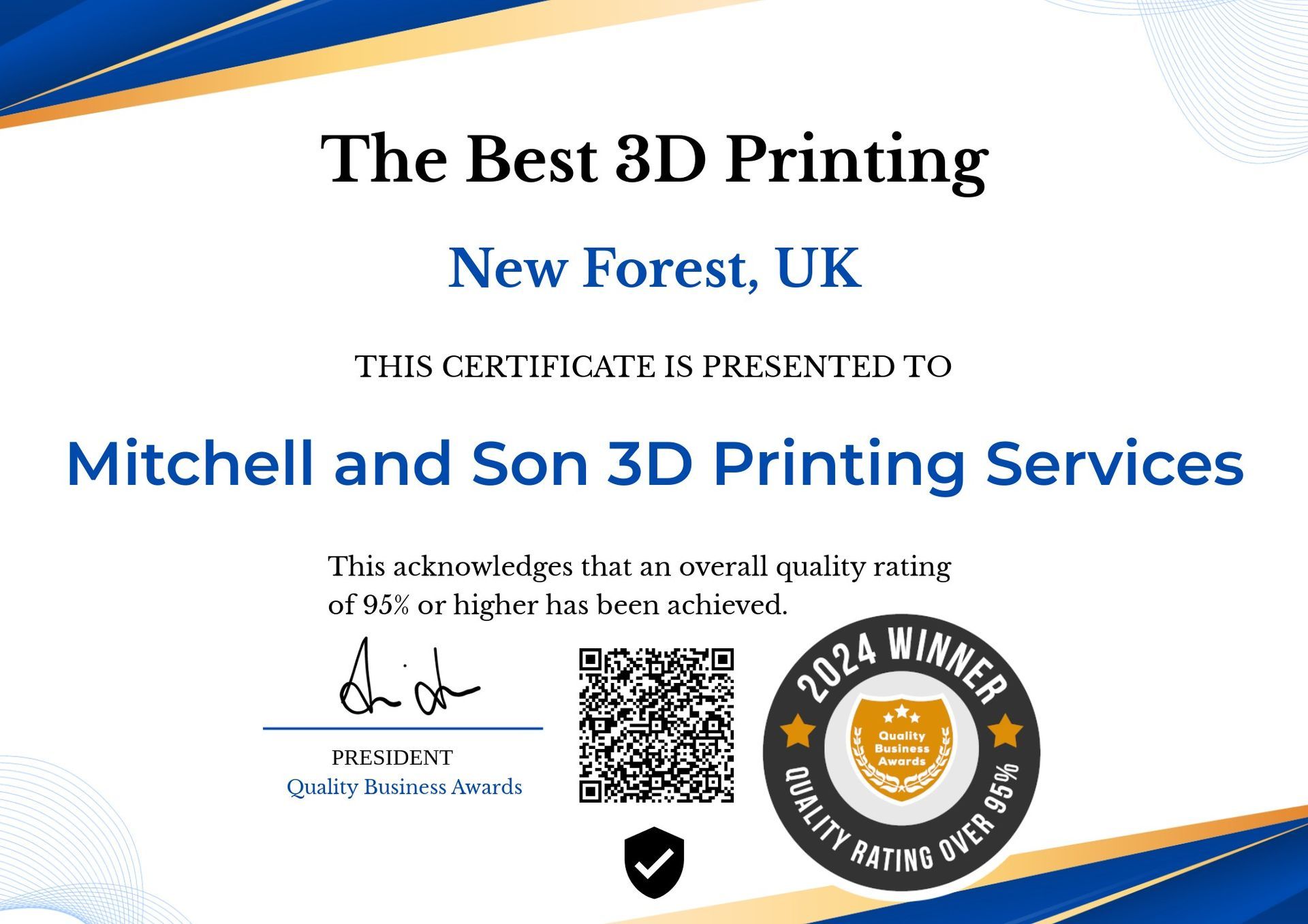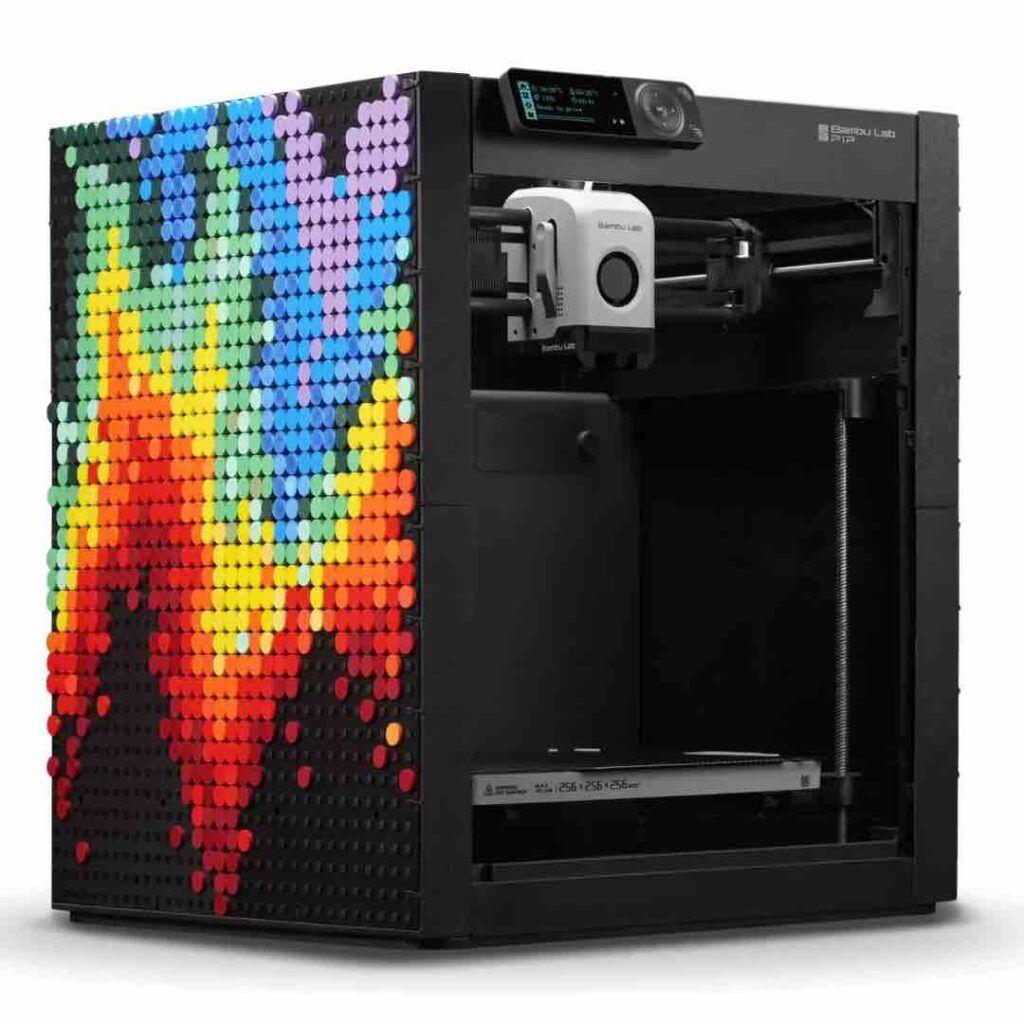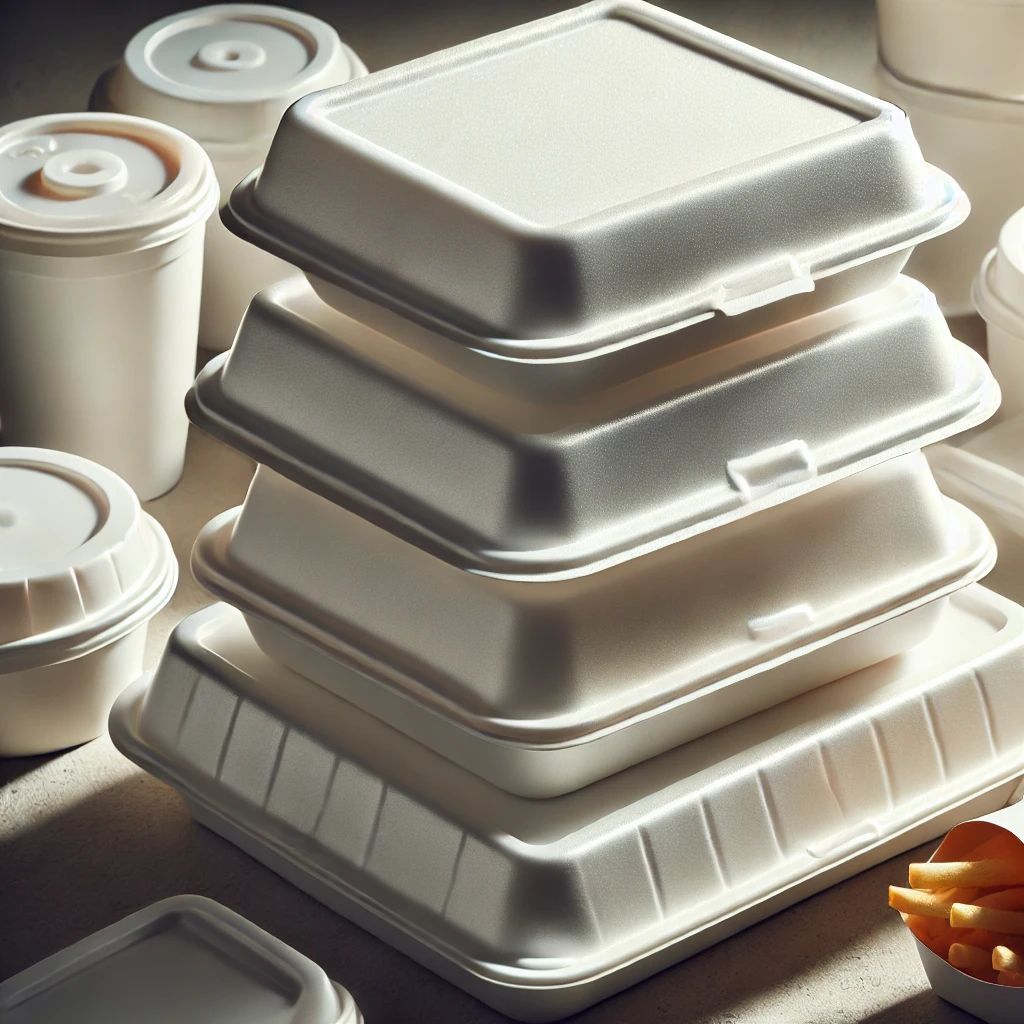How Strong is FDM Metal Filament?
Exploring the Technical Data Behind 3D Printing with Metal

3D printing with metal filaments is becoming increasingly popular, but how strong is it really? Is it strong enough to create working parts and components? The answer is yes, and the technical data behind 3D printing with metal filaments shows just how strong it is.
Fused deposition modeling (FDM) metal filament is a relatively new technology, but has already proven to be a powerful tool for creating parts with high strength to weight ratios. In this article, we will explore the technical data behind FDM metal filament, including its mechanical properties, thermal properties, and its ability to withstand corrosion and wear.
We will also look at how FDM metal filament compares to other metal materials, such as aluminum and steel, and how it can be used to create parts that are strong, lightweight, and durable.
By the end of this article, you will have a better understanding of just how strong FDM metal filament is and how it can be used to create parts that are both functional and reliable.
The Strength of FDM Metal Filament
FDM metal filament is a filament-based 3D printing technology that uses metal filaments to create parts layer-by-layer. It is capable of producing parts with high strength to weight ratios, making it a great choice for applications that require strong and lightweight components.
The strength of FDM metal filament will depend on the material used, and some of the most popular materials used in FDM metal filament are aluminum and steel.
The strength of FDM metal filament can be determined by a few different factors.
The first factor is the material used to make the filament. Different metals will have different strengths, and the type of metal used will determine the overall strength of the filament.
Additionally, the size of the filament can also affect its strength. Larger filaments will be able to withstand more force than smaller filaments, so if you are looking for a strong material, it is important to choose a larger filament.
Lastly, the printing process can also affect the strength of the filament.
Different printing processes can produce different results, so it is important to find the one that is best suited for your application.
Mechanical Properties of FDM Metal Filament
The mechanical properties of FDM metal filament will depend on the material used and the printing process used to create the filament. Generally speaking, FDM metal filament is capable of withstanding high levels of force, making it ideal for applications that require strong components.
Additionally, FDM metal filament is highly ductile, meaning it can be bent, twisted, and stretched without breaking. This makes it a great choice for applications that require flexibility or parts that need to be able to move.
The tensile strength of FDM metal filament is also very high.
The tensile strength is the amount of force a material can withstand before breaking. Generally, FDM metal filament has a tensile strength of around 65,000 psi, making it one of the strongest materials available for 3D printing.
Additionally, FDM metal filament has a high yield strength, which is the amount of force a material can withstand before it begins to deform.
Generally, FDM metal filament has a yield strength of around 55,000 psi. This makes it a great choice for applications that require parts that can withstand a lot of force without deforming.
Thermal Properties of FDM Metal Filament
FDM metal filament is also capable of withstanding high levels of heat. This makes it a great choice for applications that require parts that can withstand high temperatures. Generally, FDM metal filament has a melting point of around 2,200°F.
This makes it capable of withstanding temperatures up to 2,200°F without deforming or melting.
Additionally, FDM metal filament is highly thermally conductive, meaning it can quickly and evenly distribute heat throughout a part.
This makes it a great choice for applications that require parts that can evenly distribute heat.
Corrosion and Wear Resistance of FDM Metal Filament
FDM metal filament is also highly resistant to corrosion and wear. This makes it a great choice for applications that require parts that can withstand harsh environments.
Generally, FDM metal filament is capable of withstanding corrosion for up to 10 years without any visible signs of rust or corrosion.
Additionally, FDM metal filament is highly resistant to wear, meaning it can withstand wear and tear without losing its shape or strength.
This makes it a great choice for applications that require parts that can withstand a lot of wear and tear.
Comparing FDM Metal Filament to Other Metal Materials
When comparing FDM metal filament to other metal materials, such as aluminum and steel, it is important to consider the mechanical, thermal, and corrosion properties of each material.
Generally, FDM metal filament is more ductile than aluminum and steel, making it a great choice for applications that require parts that can bend, twist, and stretch without breaking.
Additionally, FDM metal filament is more thermally conductive than aluminum and steel, making it a great choice for applications that require parts that can evenly distribute heat.
Lastly, FDM metal filament is more corrosion and wear resistant than aluminum and steel, making it a great choice for applications that require parts that can withstand harsh environments.
What Parts Can Be Created with FDM Metal Filament?
FDM metal filament can be used to create a wide range of parts, including gears, brackets, hinges, and more.
Additionally, FDM metal filament can be used to create parts with complex geometries and tight tolerances, making it a great choice for applications that require parts with precise dimensions.
FDM metal filament can also be used to create parts with high strength to weight ratios, making it a great choice for applications that require parts that are both strong and lightweight.
Advantages of Using FDM Metal Filament
There are several advantages to using FDM metal filament for 3D printing. First, FDM metal filament is capable of producing parts with high strength to weight ratios, making it a great choice for applications that require strong and lightweight components.
Additionally, FDM metal filament is highly precise, allowing for complex geometries with tight tolerances.
This can help reduce the need for secondary machining operations, saving time and reducing costs.
Lastly, FDM metal filament is available in a wide range of materials, allowing for greater flexibility in selecting the best material for a given application.
Conclusion
In conclusion, FDM metal filament is a powerful tool for creating parts with high strength to weight ratios. It is capable of withstanding high levels of force, heat, and wear, making it a great choice for applications that require strong, lightweight, and durable parts.
Additionally, FDM metal filament is highly precise and available in a wide range of materials, allowing for greater flexibility in selecting the best material for a given application.
By understanding the technical data behind FDM metal filament, it is possible to create parts that are both functional and reliable.












